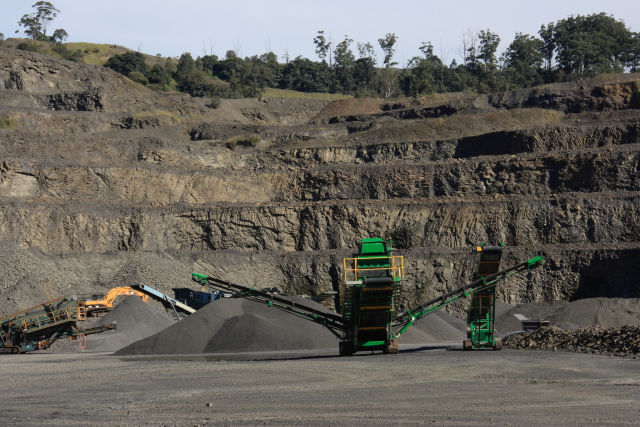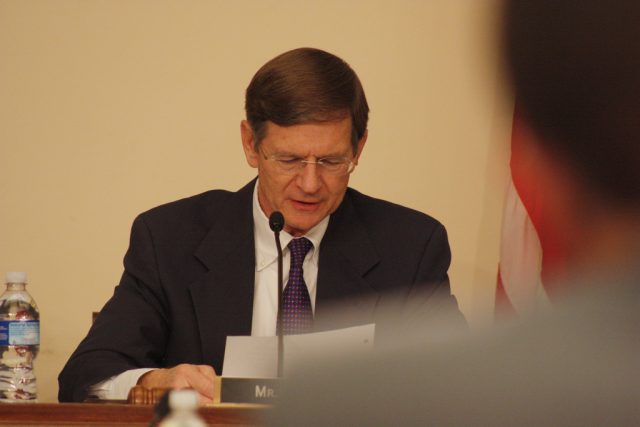
(credit: Taylor Creasman)
In the grand tradition of curiosity, some scientists with access to data from a seismometer in Baghdad pulled up October 10, 2006 to see what had been recorded. That day was host to an event slightly different from your run-of-the-mill earthquake: an attack on a US military base seven kilometers away managed to start a chain of explosions that continued for hours inside the base’s ammunition storage—an event that was captured on video (caution: language).
This isn’t that unusual a thing for a seismologist to do, really. The build-out of the global network of seismometers in the 1950s and 1960s came about partly because they could be used to detect and locate secret atomic bomb tests. Learning about the geologic violence of earthquakes was basically a bonus. In this case, the researchers’ curiosity was rewarded with a unique blow-by-blow record of one particular episode of human violence.
The team, led by Ghassan Aleqabi of Washington University in St. Louis, carefully analyzed each wiggle on the seismograph and discovered it could identify a number of different things. The firing of a mortar, for example, was identifiable along with the explosion when the shell landed. Car bomb explosions also stood out, although the bouncing of the shockwave off surrounding buildings made each one a bit different. The team could even identify signals from drones and helicopters and figure out if they were approaching or moving away based on the Doppler shift.






